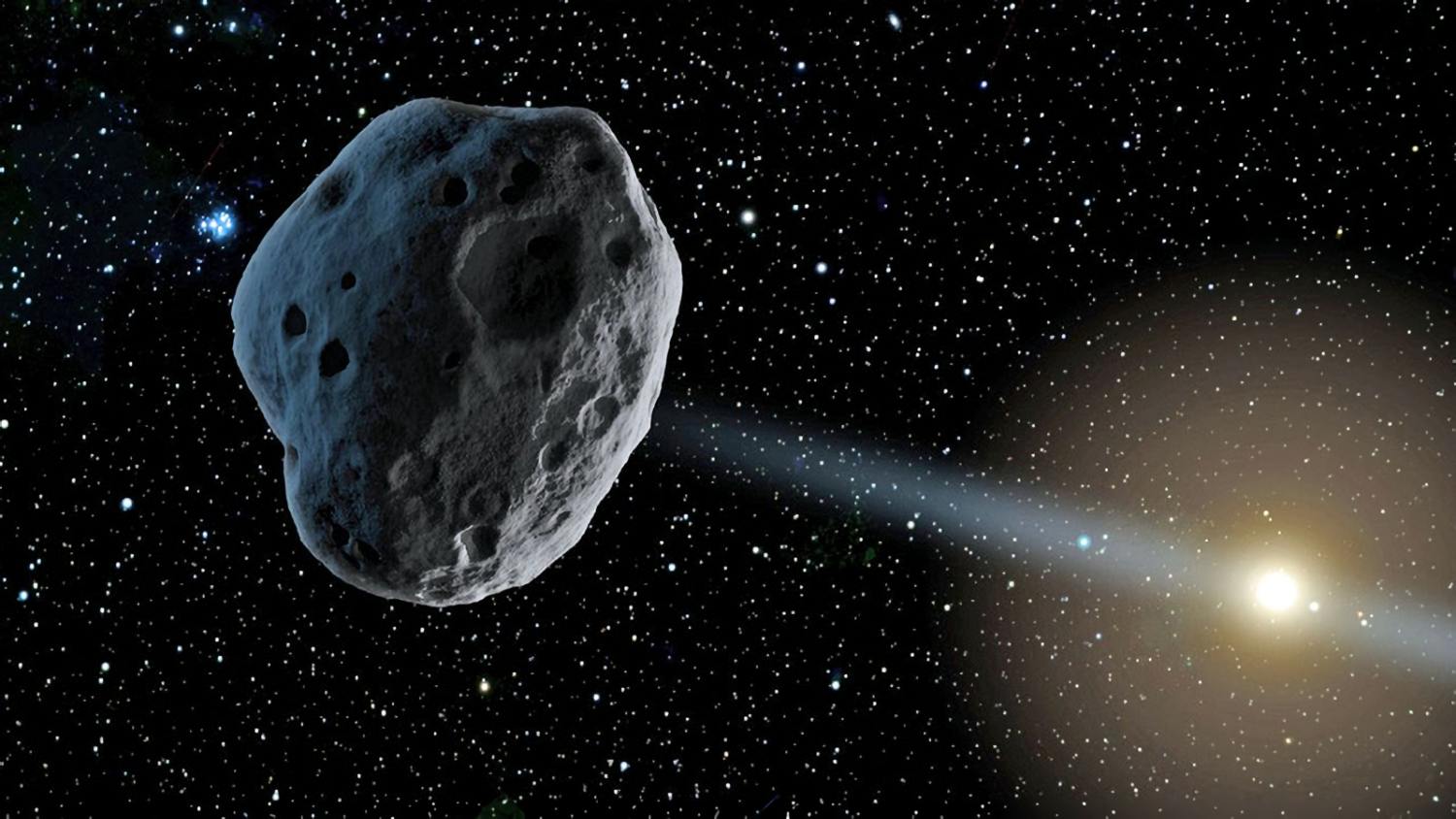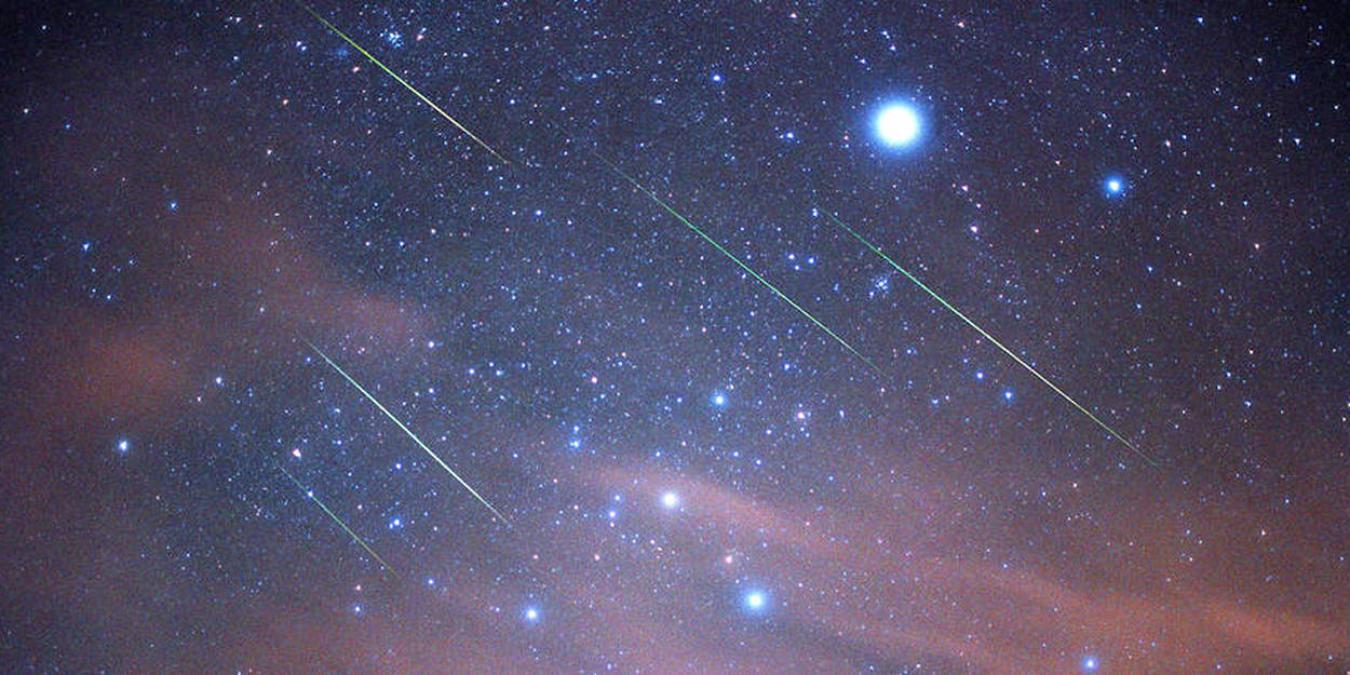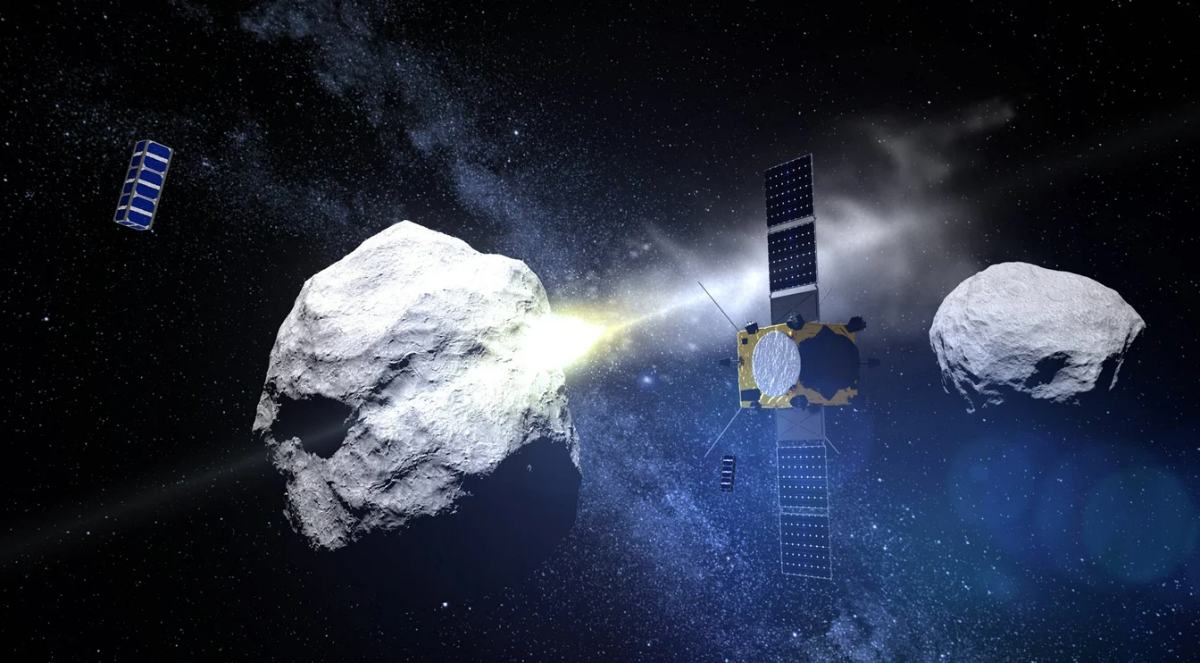Asteroids are potentially catastrophic objects of various sizes in our solar system. In spite of how remote the possibility of an asteroid crashing into Earth is, it is still a very real threat. In the neighborhood of 180,000 tons of dust and meteorites fall to Earth each year. These objects tend to be quite diminutive. On the other hand, a massive asteroid may pose a danger to Earth. NASA and other space organizations keep an eye on the paths of some huge objects in case they collide with Earth. Both Apophis and Bennu, asteroids that will pass close to Earth in 2029, fit this description. Even though their paths don’t seem dangerous right now, the planets’ gravitational pull might alter their paths and lead to a collision in the future.
What is an asteroid?
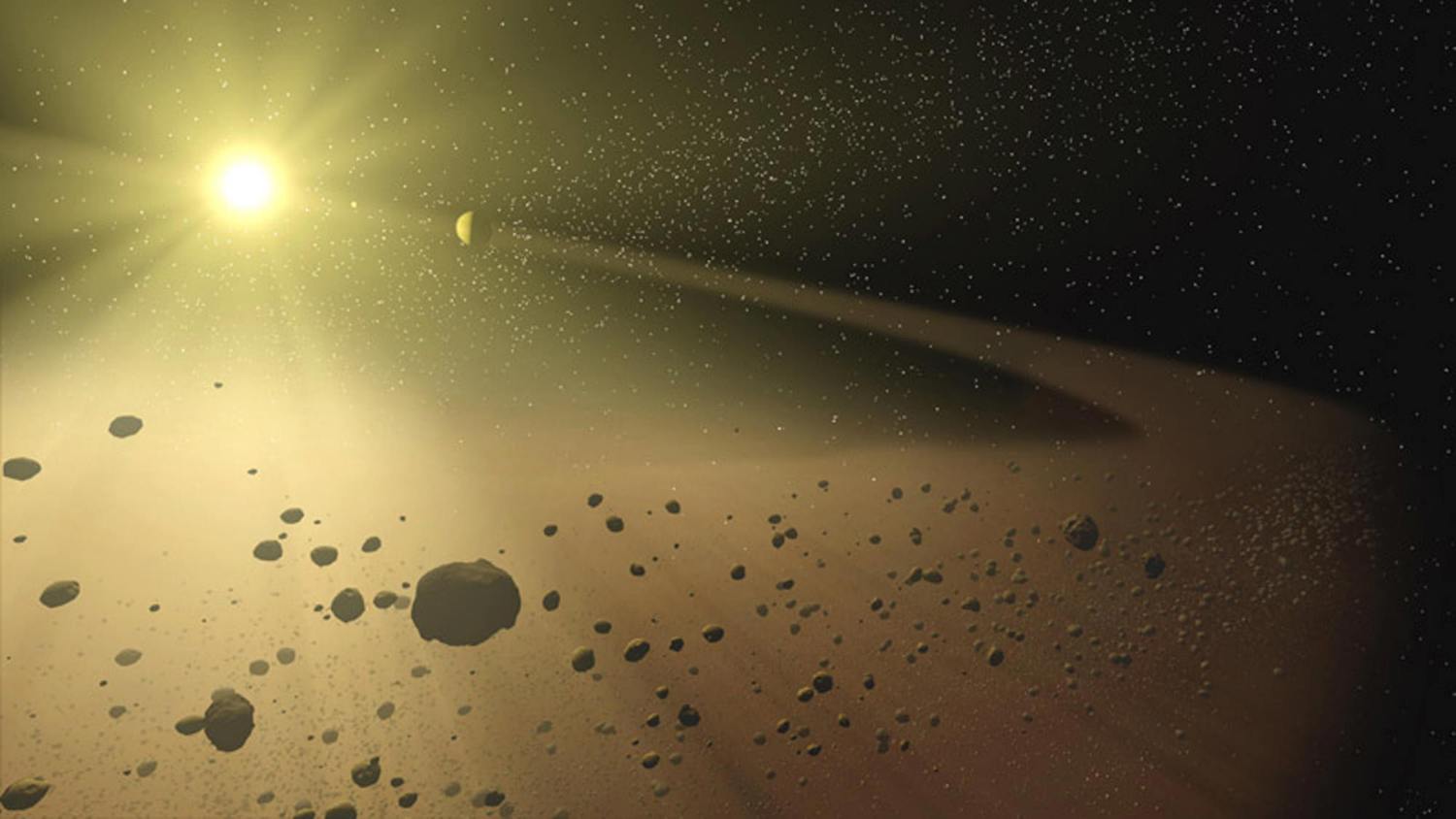
An asteroid is a celestial object with an orbit around a star. Made of metals and rocks, they testify to the birth of our solar system. Asteroids, it is widely believed, are stony debris that failed to coalesce into planets.
These came from the main asteroid belt, which is the region of the solar system between Mars and Jupiter and includes hundreds of thousands of asteroids. Scientists believe that Jupiter’s gravity has stopped a planet from forming in this region. It follows that the asteroids represent the unborn planet’s embryos.
These chunks of rock are now circling the Sun in an area known as the asteroid belt. However, sometimes the gravity of a planet like Mars or Jupiter may cause them to detour from their original path. Once they break off from their original orbit, they are classified as NEOs because they have the potential to enter Earth’s orbit.
The most well-known asteroids
Ceres, the first asteroid ever discovered, was found by Italian astronomer Giuseppe Piazzi in 1801. Since this discovery, astronomers’ attention has shifted away from monitoring asteroids and toward the study of planets and stars. However, asteroids provide insight into the early history of Earth and the Solar System. However, although the vast majority of these aliens maintain their anonymity and quietly develop in their orbit, others are well-recognized and have names. Sometimes scientists would follow them around and watch them from every possible vantage point.
Asteroid Apophis
The asteroid Apophis was first seen in 2004, and its journey has been meticulously tracked ever since. The closer it gets to Earth in its orbit, the more likely it will crash into our planet. Fear and debate are fueled by this possibility, despite NASA’s comforting findings that nixed it years ago.
It’s not a slutty stone, and with good reason. At 1,150 feet (350 meters) in diameter and 27 million tons in mass (30 million US ton), the asteroid is a formidable presence in the solar system. In 2021, it came within 10.5 million mi (17 million km) of Earth (44 times the distance between the Earth and the Moon). Nothing about it posed any kind of danger from this far out. Its future passing has long caused concern among experts. In fact, in 2029, Apophis will be significantly closer to Earth thanks to its orbit, passing within 20,000 mi (32,000 km or one-tenth of the distance between Earth and the Moon) of our planet. To rephrase, it will make a close pass between the Earth and a few geostationary satellites.
However, NASA has told us that a collision is not possible, contrary to the dire predictions of certain periodicals. An American government organization has concluded that this asteroid poses no threat to Earth during the next 100 years.
Asteroid 2001 FO32

Astronomers were able to get a good look at the strange asteroid 2001 FO32 on March 22, 2021, when it passed within 1.25 million mi (2 million km) of Earth. This asteroid’s unusual quality is its velocity. The asteroid 2001 FO32 was reportedly the race leader because it was “faster than most asteroids,” as stated by NASA, as reported by the publication Sciences et Avenir. At 79,500 mi/h (128,000 km/h), it was adding about 0.6 miles every second to its total distance traveled. Having a diameter of 0.35 mi (550 m), it was too small to be seen from Earth without a telescope.
Comet 2020 VT4
It is not always possible to predict which asteroids will be seen before they approach the Earth. Some of these asteroids are too near to the Sun for scientists to spot in advance of their arrival. In 2020, asteroid 2020 VT4 made a surprise flyby approximately 235 mi (380 km) over the Pacific Ocean, causing widespread damage. This indicates that it made its way between Earth and a group of geostationary satellites. The distance of VT4 from Earth’s surface is the closest of any passing asteroid.
If this object had impacted Earth, it would not have posed any threat to mankind due to its modest size.
The Little Prince, or Asteroid B612
It’s likely that one of the most well-known asteroids is B612 from Antoine de Saint-Exupéry’s Little Prince. Some readers could suspect that the author has just made up this heavenly body. Still, it does exist, or at least nearly does. The German astronomer who discovered the asteroid in 1906 gave it the designation 612 (without the B). A second asteroid, 46610 Besixdouze, was found on October 15, 1993, and was named after the Little Prince.
Asteroid Bennu
Bennu, found in 1999, is one of the asteroids considered a “danger” to Earth, despite the fact that the probability of a collision remaining at its current level is very low.
After dancing around the asteroid for two years, the Osiris-Rex mission was able to gather surface samples for a NASA investigation. The asteroid measures 1650 ft (500 m) in diameter. In 2023, we’ll bring those samples back to Earth for analysis.
After analyzing its predicted path, NASA determined that the probability of this asteroid colliding with Earth was less than 0.057%. Scientists from NASA have concluded that there is a 99.94% likelihood that Bennu is NOT on an impact trajectory.
NASA warns that if the asteroid’s track changes and it comes closer to Earth, the threat will increase. This is possible if the object enters a region where the Earth’s gravity alters its path. Scientists have estimated that this may happen in 2135. That would put the crash in the year 2182. It is predicted that the crater will be between 3 and 6 mi (5 and 10 km) in diameter.
Which asteroid threatens Earth?
When the Apophis asteroid was discovered in 2004, scientists were alarmed by predictions that it would collide with Earth in 2029. The asteroid is around 1,150 ft (350 m) in length. Despite the many alarmist headlines released in different media, it turns out that these worries are unjustified, since the asteroid’s course rules out any collision with Earth over the next 100 years.
NASA has been keeping a tight check on this asteroid ever since the scare, and it seems like it will come within touching distance of Earth, making it visible to the naked eye. We have a spectacular show in store for us, but there is no end of the world in sight.
What are dangerous asteroids?
Objects that pass through Earth’s orbit, known as near-Earth objects (NEOs), are often mentioned while discussing the dangers posed by falling asteroids. Based on their size and orbital distance from Earth, several of these asteroids pose a threat to our home planet. If an asteroid with an absolute magnitude, or brightness, of less than 22 passes within 0.05 au (4.64 million mi or 7.48 million km) of Earth, it is classified as potentially hazardous. The brighter an object is, the smaller its absolute magnitude value. The bigger the asteroid, the lighter it reflects, hence the brighter it seems.
The likelihood of encountering an object big enough to pose a threat to humanity is low but not zero. The extinction of the dinosaurs occurred 66 million years ago as a result of a catastrophe of this sort. Since we now have means of avoiding collisions, this danger may be mitigated to some extent. But what would we do if it turned out that a massive asteroid was about to smash into Earth sometime in the next decade? So, what do we have at our disposal?
Evacuating the affected region is now regarded as the only viable option. But what if the danger is much more than that? Planetary defense initiatives are currently researching and developing methods to properly detect potentially hazardous asteroids and deflect them.
The asteroid that wiped off the dinosaurs
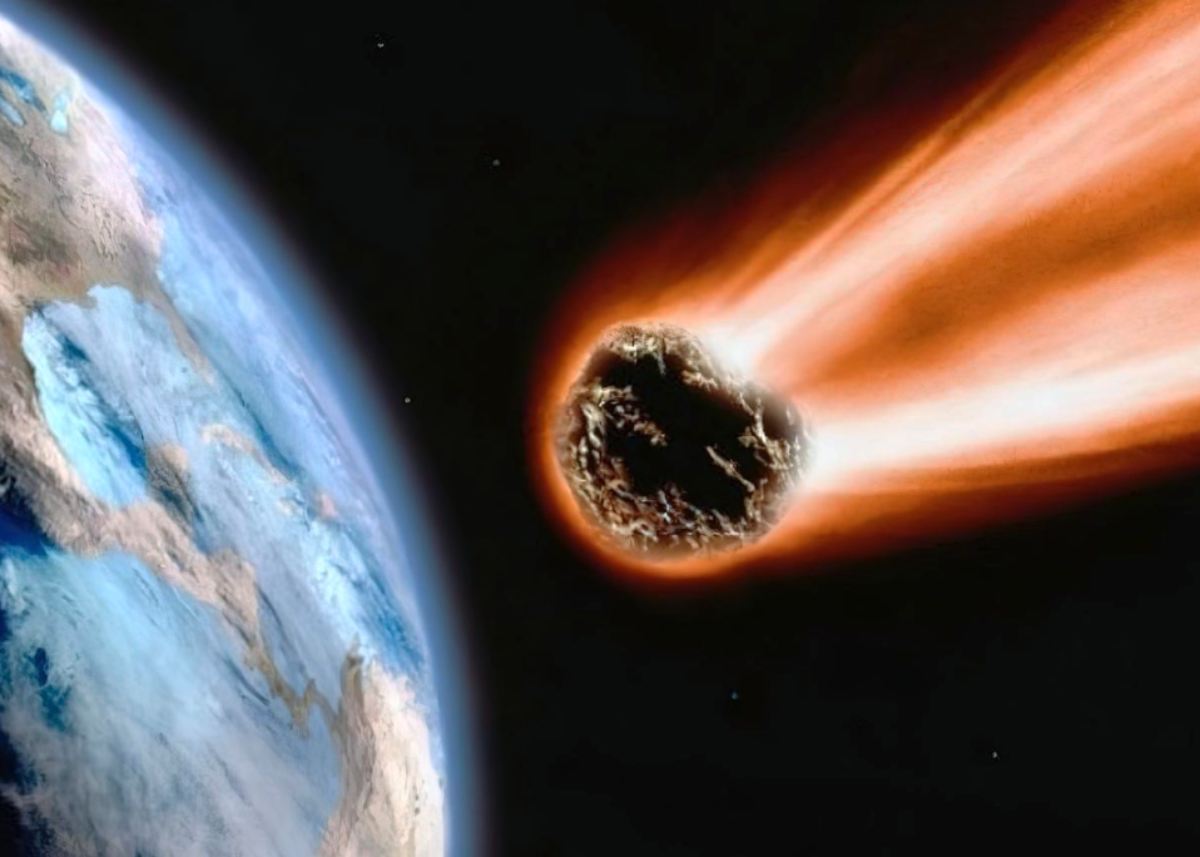
Many ideas have been proposed to explain the rapid extinction of the dinosaurs 66 million years ago, with new versions being introduced on a regular basis to account for new findings. One popular theory is that the stunning crater of Chicxulub in the Mexican state of Yucatán was produced by the impact of an asteroid or an asteroid fragment. It would have set off a chain reaction leading to a severe disaster, wiping out numerous animal and plant species, maybe even the non-avian dinosaurs.
The 112 mi (180 km) wide Chicxulub crater was created by an asteroid, but no one knows for sure which one. A report from 2007 in Nature implicates an asteroid with the designation 298 Baptistina. However, this finding has not been accepted universally by the scientific community.
The Deccan Traps, which are volcanic landforms in India, are the focus of the second leading hypothesis that attempts to account for this extinction event by releasing massive amounts of gas into the atmosphere. This time it wasn’t triggered by meteorites; instead, the extinction of the dinosaurs was likely precipitated by a period of massive volcanic eruptions that disrupted the global climate.
How to observe an asteroid?
A number of factors, including the asteroid’s size and distance from the Sun, determine whether or not we can see it. When certain asteroids approach so close to Earth, we may see them with the naked eye. In other cases, you’ll need binoculars or a telescope to see the spectacle.
The inquisitive may now use a NASA-created online tool to track the motions of several asteroids and comets. You’ll be able to watch for aliens if they ever arrive.
The biggest asteroid in the universe
With a diameter of 587 mi (946 km), Ceres is the biggest main-belt asteroid. In addition, it is the tiniest of the dwarf planets in our solar system. The size of the asteroid that generated the massive Chicxulub crater is believed to be about 7.5 mi (12 km), whereas the size of the asteroid Apophis, which caused concern when it was found in 2004, is just 1,150 ft (350 m).
One of the biggest asteroids in the solar system is named 5000 Quaoar. This Kuiper belt object is the next one in line after Neptune. A diameter of 775 mi (1,250 km) has been calculated. Larger objects, like Eris, have since been discovered in the Kuiper belt, and these objects are now considered to be dwarf planets. There are a lot of big objects in this faraway region, and studying them is challenging for a number of reasons, not the least of which is their great distance.
The distinction between asteroids and meteorites
The term “asteroid” refers to any astronomical body circling a star that is composed mostly of rock and metal. As a result of course corrections, these objects sometimes approach Earth. A meteorite is an asteroid rock that has survived its fall into Earth’s atmosphere. As a result of the data they provide on the asteroids they came from, these meteorites are of great scientific significance.


